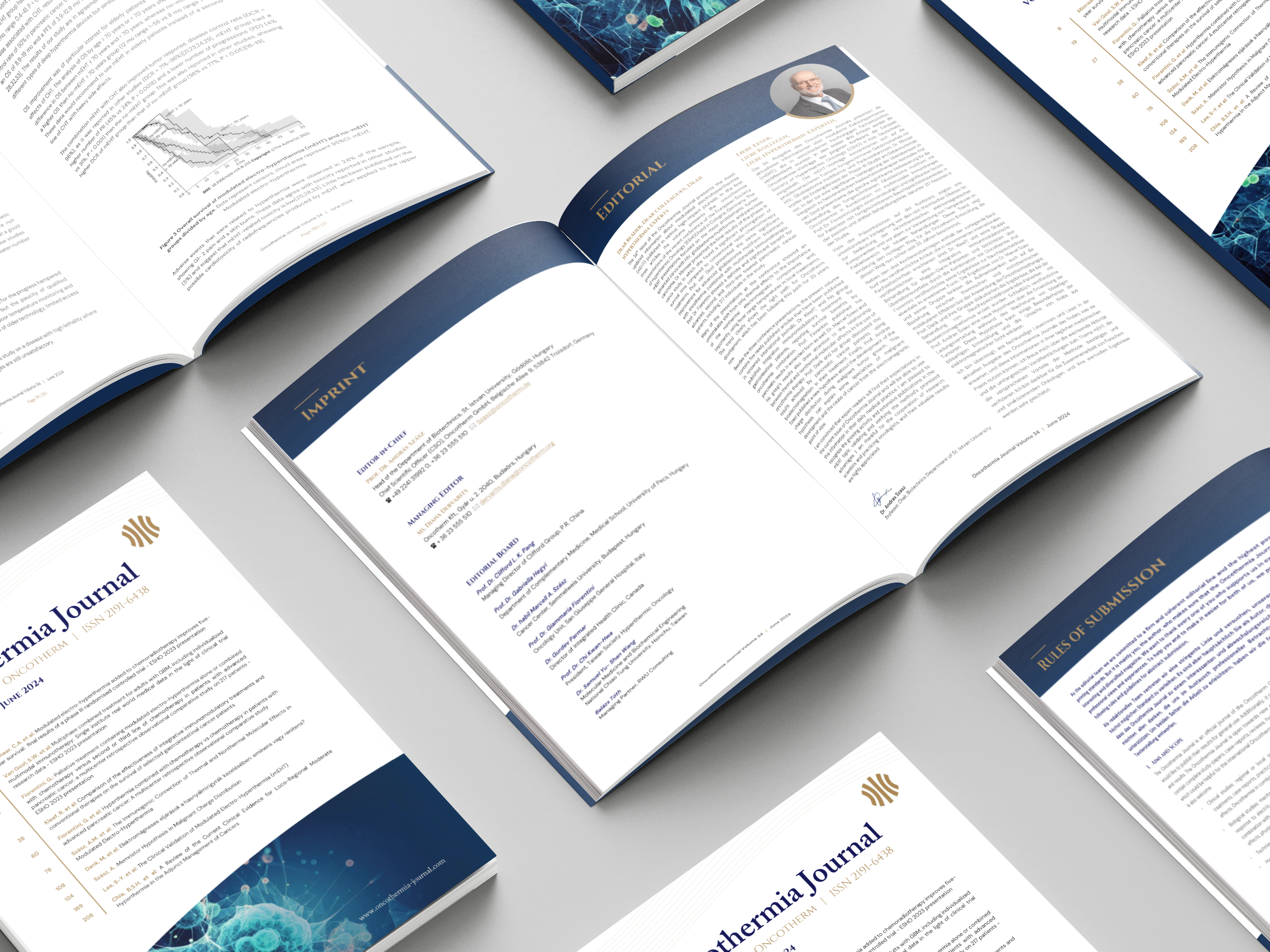Az International Journal of Clinical Medicine májusban két cikket publikált, mely Professzor Szász András munkássága más szerzőkkel együtt.
Cím: Parametrization of Survival Measures, Part I: Consequences of Self-Organizing
Szerzők: Andras Szasz, Oliver Szasz
Abstract: Lifetime analyses frequently apply a parametric functional description from measured data of the Kaplan-Meier non-parametric estimate (KM) of the survival probability. The cumulative Weibull distribution function (WF) is the primary choice to parametrize the KM. but some others (e.g. Gompertz, logistic functions) are also widely applied. We show that the cumulative two- parametric Weibull function meets all requirements. The Weibull function is the consequence of the general self-organizing behavior of the survival, and consequently shows self-similar death-rate as a function of the time. The ontogenic universality as well as the universality of tumor-growth fits to WF. WF parametrization needs two independent parameters, which could be obtained from the median and mean values of KM estimate, which makes an easy parametric approximation of the KM plot. The entropy of the distribution and the other entropy descriptions are supporting the parametrization validity well. The goal is to find the most appropriate mining of the inherent information in KM-plots. The two-parameter WF fits to the non-parametric KM survival curve in a real study of 1180 cancer patients offering satisfactory description of the clinical results. Two of the 3 characteristic parameters of the KM plot (namely the points of median, mean or inflection) are enough to reconstruct the parametric fit, which gives support of the comparison of survival curves of different patient’s groups.
A teljes angol nyelvű cikkért kérem kattinson ide!
Cím: Parametrization of Survival Measures (Part II): Single Arm Studies
Szerzők: Andras Szasz, Gyula P. Szigeti, Marcell A. Szasz
Abstract: In some clinical applications in oncology randomized, double armed, and double-blind trials are not possible. In case of device applications, double-blinded conditions are nonrealistic, and with many times the randomization also has complications due to the high-line treatments where the reference cohort is not available; the active “arm” has mainly palliative initiative. Sometimes highly personalized therapies block the collection of the homogeneous group and limit its double-arm randomization. Our objective is to discuss the situations of the single arm evaluation and to give methods for the mining of information from this to increase the level of evidence of the measured dataset. The basic idea of the data-separation is the appropriate parameterization of the non-parametric Kaplan-Meier survival pattern by the poly-Weibull fit.






